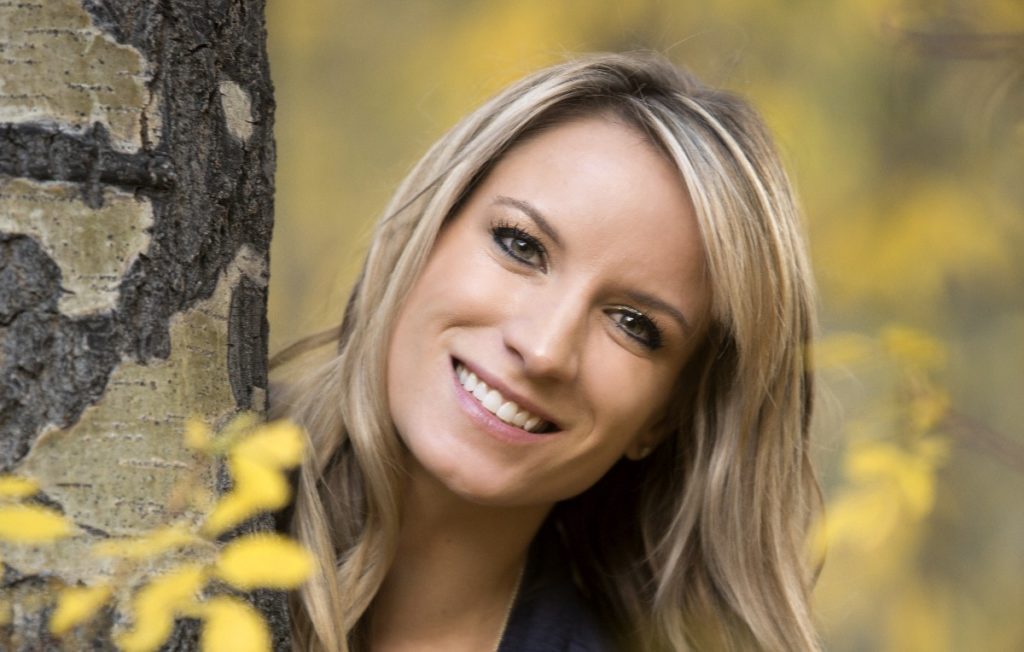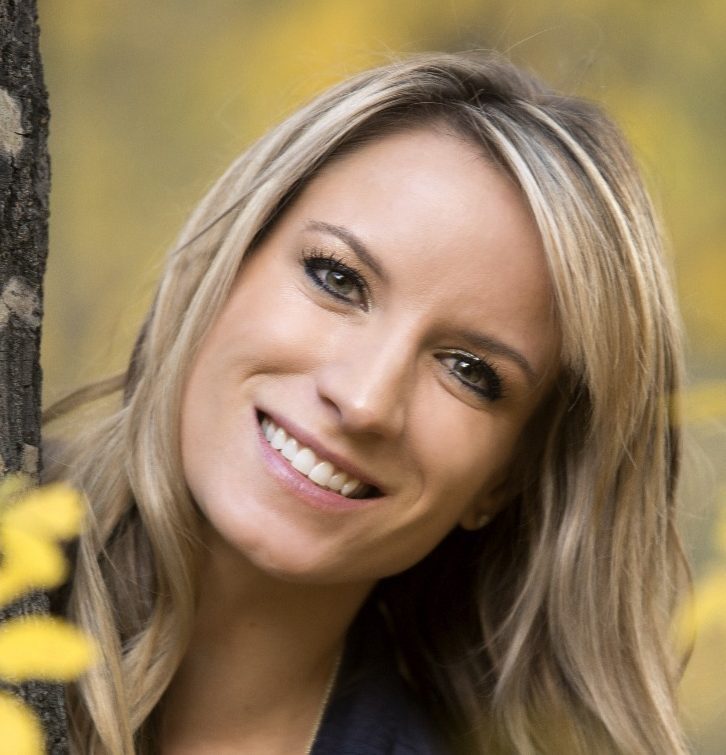 Kate York is CFO of SendCutSend, a Reno, Nevada-based company that has reinvented metal fabrication by blending proprietary software with automated manufacturing technologies to provide customers a U.S.-based on-demand service. We asked York how she approaches her financial duties at the 2018 tech start-up, particularly with her “customer-first” perspective.
Kate York is CFO of SendCutSend, a Reno, Nevada-based company that has reinvented metal fabrication by blending proprietary software with automated manufacturing technologies to provide customers a U.S.-based on-demand service. We asked York how she approaches her financial duties at the 2018 tech start-up, particularly with her “customer-first” perspective.
Describe how your “customer-first” approach impacts your role as CFO, and how it benefits the company.
The most rewarding part of my role in public accounting is my relationship with my clients—not only the staff and customers at SendCutSend, but also the additional outside clients I have as a business consulting and tax planning professional.
With a customer-first approach, everything we do in accounting and financial planning is from the customer’s perspective. For SendCutSend, that means making our business model work without having to produce high volumes of product for customers, but instead making custom products at reasonable prices. We were able to do this by developing software that eliminates man-hours to program the machine, making the process much more efficient.
I continue to work with our team to set company goals and find ways to financially make those goals happen, whether that be budgeting for a new machine for a new bending service due to customer demand, or a machine to cut different types of materials other than metal, such as carbon fiber. We also executed moving to a larger facility that had enough power to operate our machines at full capacity, as our original facility’s maximum amount of power could not meet our demand.
When working with your customers, it’s important to listen to what they need or want to do from a finance perspective, using financial statements and cash flow to make sure you are planning appropriately to meet those goals. Customer-first also means being honest with them about possibly having to cut back in other areas if they want to meet their goals — it’s just about being very flexible and making sure everyone is aligned on the goals.
What are some modern financial strategies you follow, and how are those superior to the “old school” approach?
Accounting typically takes historical information from the prior year to make projections, but there’s been a shift in the accounting industry to be more proactive rather than reactive. That means being more flexible and using innovation and problem solving to make your own rules on how things are accomplished in the most efficient manner.
How does your experience helping tech firms help SendCutSend, particularly for capital management and long-term strategic planning?
I started my career working for an accounting firm, and then I opened my own accounting practice and have served a number of tech clients. They are super innovative and don’t want to do something the same way it’s been done. I listen to them telling me what they want and we figure out the best solution – the innovation creates the change.
A good example is using the tools of the company, such as analytics and software engineers, to assist in the CFO process by creating valuable key performance indicators. It’s all about using all the resources in our armor to be efficient and cost effective.
When it comes to capital management and long-term strategic planning in a tech company, you have to be very proactive in how you financially meet your goals. You can’t always follow a formula – if something is not lining up, we make decisions and adjust.








